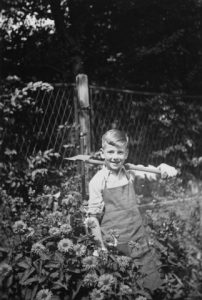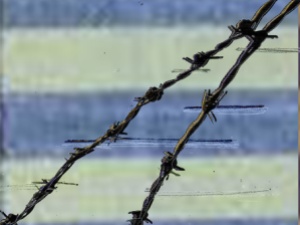Who was Rudolf Hoess?
according to Wikipedia:
Rudolf Franz Ferdinand Höss (represented in German as Höß, also sometimes spelledHoeß, or Hoess) (25 November 1901[1][2] – 16 April 1947) was an SS–Obersturmbannführer (lieutenant colonel). Höss joined the Nazi Party in 1922 and the SS in 1934. From 4 May 1940 to November 1943, and again from 8 May 1944 to 18 January 1945, he was the commandant of Auschwitz concentration camp, where it is estimated that more than a million people were killed.[3][4] He was hanged in 1947 following a trial in Warsaw. http://en.wikipedia.org/wiki/Rudolf_H%C3%B6ss
Four days before he was executed, Höss acknowledged the enormity of his crimes in a message to the state prosecutor:
“My conscience compels me to make the following declaration. In the solitude of my prison cell I have come to the bitter recognition that I have sinned gravely against humanity. As Commandant of Auschwitz I was responsible for carrying out part of the cruel plans of the ‘Third Reich’ for human destruction. In so doing I have inflicted terrible wounds on humanity. I caused unspeakable suffering for the Polish people in particular. I am to pay for this with my life. May the Lord God forgive one day what I have done.”
His grandson Rainer Hoess has come out publicly in opposition to his family’s past, going so far as to tattoo a Star of David and the prisoner identification number on his chest of his Jewish adopted ‘grandma’ Eva Mozes Kor. And he campaigns against neo-Nazis and the rise of the far right as you can see in this video.
Read more about Rainer and his planned visit to the 70th anniversary commemorations at Auschwitz on 27 January 2015 in this article:
http://www.theaustralian.com.au/news/world/rainer-hoess-grandson-of-auschwitz-commandant-turned-anti-nazi-campaigner/story-fnb64oi6-1227192488788?nk=a72ebe07f4097d490e3bd4415dd233f8


